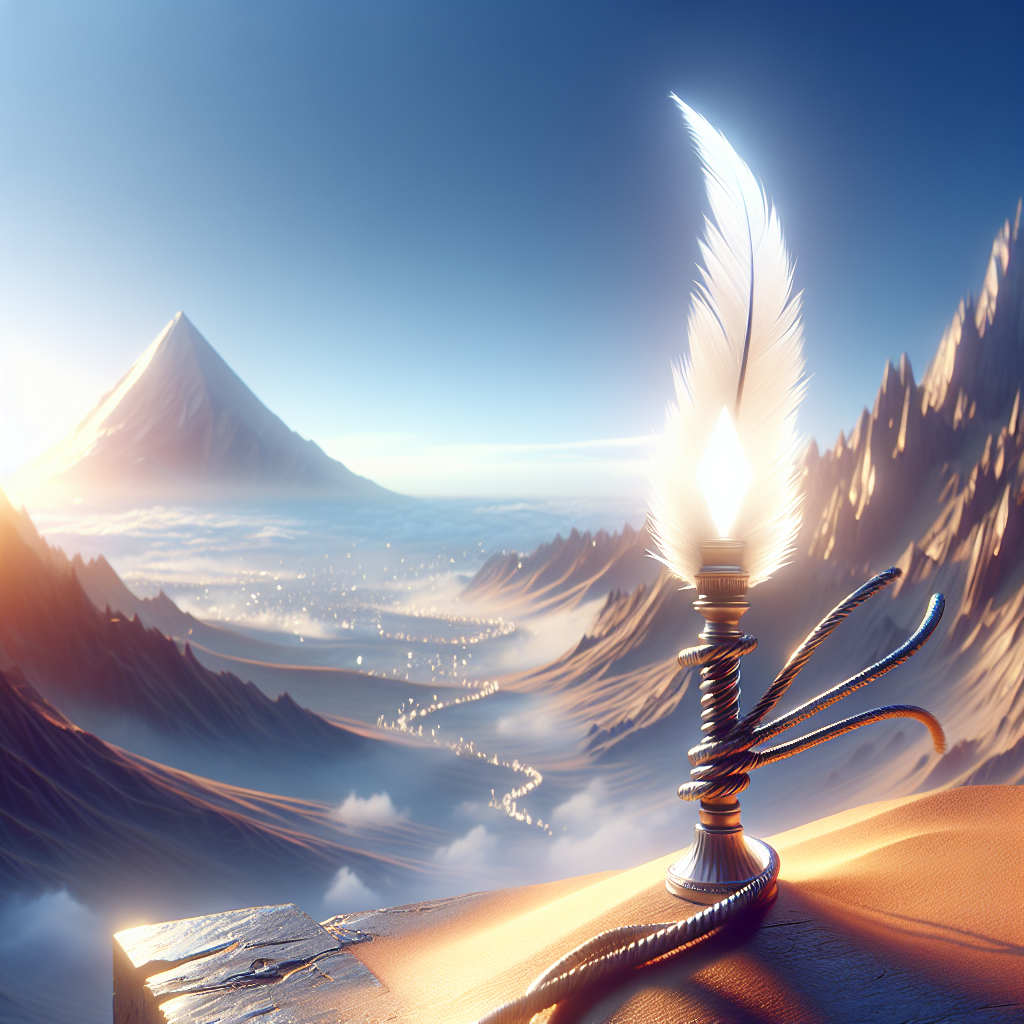Picture this: sweeping landscapes, epic adventures, and a love story that transcends time, mingled with the high-flying martial arts of ancient China. That’s the world Jin Yong created in his iconic novel, The Return of the Condor Heroes. Published in Hong Kong in the 1950s, this book is the middle piece of the trilogy exploring the fantastical world of wuxia, a genre that encapsulates martial arts, philosophy, and history. It chronicles the life of the hero Yang Guo and his mentor-lover, Xiao Long Nue, unraveling against the backdrop of the Southern Song Dynasty. While it’s a tale set long ago, its themes continue to resonate with readers across the globe.
Jin Yong, also known by his real name Louis Cha, is more than just a novelist. He remains a monumental figure in Chinese literature and a cultural beacon for generations of readers. His stories, like The Return of the Condor Heroes, invite readers not only into a world of chivalry and martial arts but also into a deep exploration of human nature and social issues. Through his characters, Yong opens doors to discussions about societal norms and values, the old and the new blending, creating something compelling and complete.
Yang Guo isn’t your typical fairytale hero. He’s flawed, searching for identity in a world that is quick to judge and brand him. As he grows from a rebellious youth into a solemn master of martial arts, his journey is both captivating and relatable. Yong crafts his character with layers upon layers, making readers root for Yang Guo's triumphs and feel his heartbreaks. His relationship with Xiao Long Nue is central to the narrative, forbidden and controversial yet tenderly profound. Here Yong challenges societal conventions, a delicious rebellion against the expected. Their love story, though wrapped in controversy, raises questions about age, power dynamics, and societal expectations, inviting the reader to ponder these themes beyond the fictional world.
The Return of the Condor Heroes also teases out various philosophical thoughts and elements of Taoism, creating a narrative that transcends mere adventure. You’re left contemplating destiny, morality, and the nature of good and evil. The book is much more than a narrative of martial prowess; it’s a tapestry of philosophical musings, inviting readers to reflect. Even the ardent clashes between clans and schools rise above simple combative displays—they are a dialogue on human ego, honor, and legacy.
Bringing these elements to life is not an easy task, but the vivid description and intricate plotlines show Jin Yong’s mastery. The villages, mountains, and martial arts schools all leap off the page in vibrant detail, drawing you into the vivid world he crafted. Each fight is like a dance, carefully detailed and emotionally charged, a testament to the beauty and grace inherent in martial arts, much like the movies this genre inspires.
It’s crucial, though, to acknowledge that adaptability to modern perspectives is necessary. While modern audiences might find certain narratives or character interactions in the text to be problematic, viewing these through a historical lens is important. The text can spark discussions about how far society and its moral compass have come, prompting dialogue about which lessons from the past are still vital today, and which ones we have thankfully left behind.
Yet, this cultural artifact bridges more than just generations within China; translations have brought these stories to an international audience. Martial arts films from the East and their global impact owe much to works like Yong’s. When one watches a martial arts movie now, aspects of those fantastical stories resonate due to the ground originally laid by such novels.
To say the impact of The Return of the Condor Heroes is significant might be an understatement. It threads through cultural and historical tapestries, weaving insights and expanding understanding of a world that, while fictional, holds a mirror up to our realities. For many young readers today, exploring these novels provides an access point into broader aspects of world literature and the power of storytelling.
These stories offer a gateway into questioning the borders of loyalty, love, and morality in a way that remains starkly poignant to a world often fixated on modernity. Perhaps, as generations continue to navigate the complexities of identity and society, the lessons and challenges faced by Guo and his peers offer a lens through which we can view our journeys today.
Moreover, consuming these narratives alongside their modern adaptations ensures that the stories reach yet another generation, perhaps establishing new interest or reinforcing the importance of inclusivity in storytelling. So while the tale is ancient, The Return of the Condor Heroes continues to roll out a rich landscape of thought-provoking entertainment, relevant and reflective of human experiences across ages.

